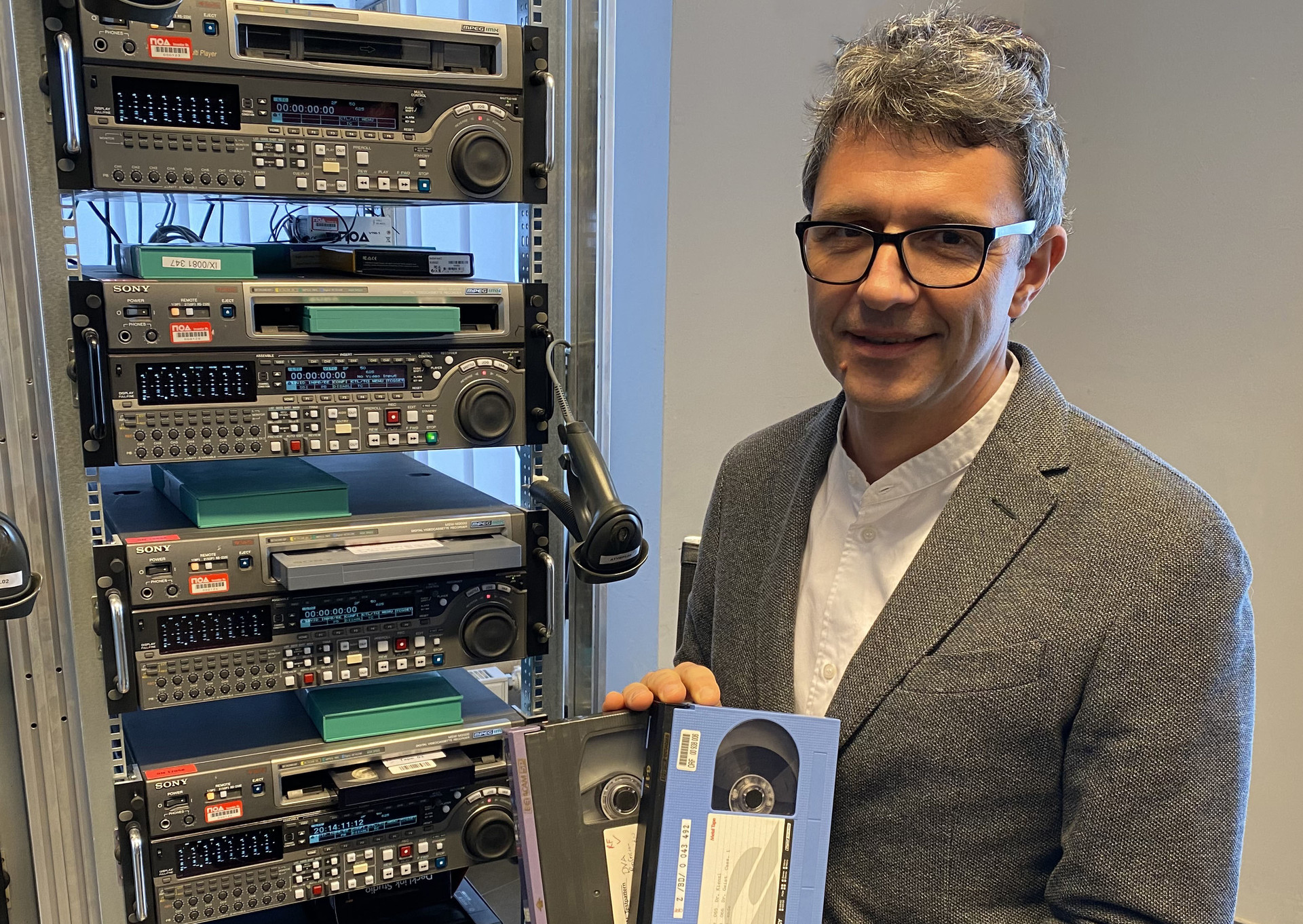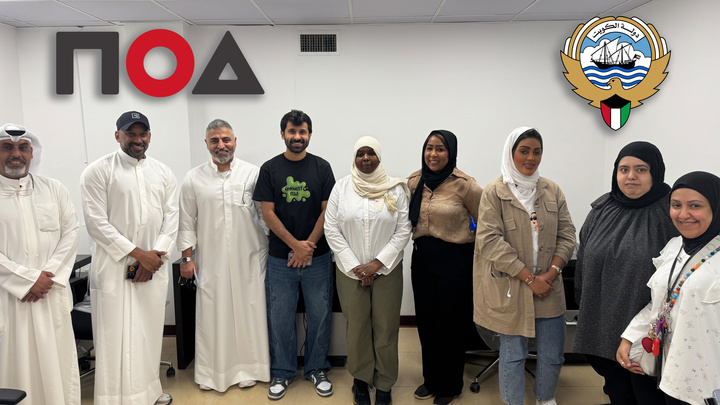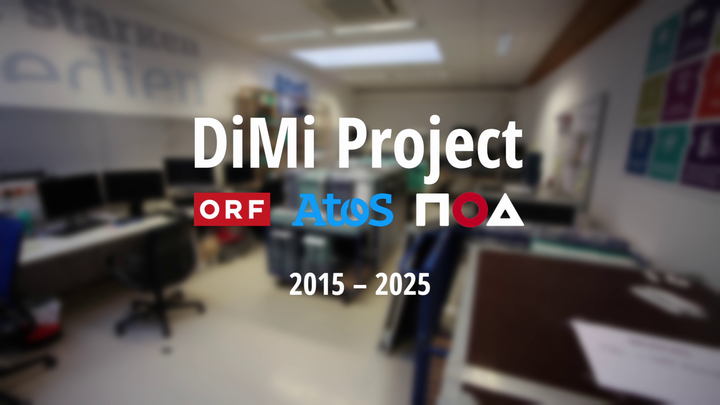Pushing our limits
Radio and television broadcasters now need to deal with various obstacles, such as having to air audiovisual content even though fewer programs are being produced due to social distancing restrictions. In fact, since last March they were basically forced to start tapping into their archives even more to fill up the programming schedule. Tightened budgets and limited travel conditions have exasperated the situation. This has put even greater importance on archives and their role in preserving and accessing collections.Many media institutions that had not paid much attention to their archival patrimony for the last 30 years, were suddenly confronted with an increased demand for archived material and needed to get their AV content digitized in a short time. Depending on budget, execution time, quality control requirements, availibility of carriers and human resources, the digitization process can be handled either internally or outsourced to companies who specialize in digitization. These economic and logistic factors help determine whether media institutions should opt for either an internal or external digitization strategy.
Quite a few organizations have not yet put in place a long-term strategy, however. And the unexpected increasing interest in archived AV material has created a sort of emergency, drawing attention to a latent problem that many have ignored for years. In fact, it recently dawned on a majority of people that they had forgotten about all the AV material that’s been decaying in stock rooms over the years, and that it needs to be digitized, catalogued and made available.
Easing the shift
But archive digitization should not only be a last-minute reaction to an urgent need for AV material. Some firms have been studying the best long-haul strategy to take in order to ensure media preservation.There are ways technology can support media companies in their digitization activities as they transition into the future. Let’s look at how Sharjah Broadcasting Authority (SBA) in the United Arab Emirates is working to internally streamline its AV archiving workflow, for example. The organization recently integrated Avid Interplay into its already installed NOA mediARC Archive Asset Management (AAM) system at several of its regional stations.
To drive the potential of the archive even further, NOA developed with Marquis Broadcast a way to facilitate bidirectional integration with Avid Interplay through the new Medway-mediARC connector. We introduced this new technology at SBA in May 2020, right in the middle of the complete lockdown. Now, thanks to advanced bidirectional Avid integration, SBA is able to organize its archival assets through a WAN infrastructure that is interconnected at multiple locations.
Via NOA mediARC, the media house is today driving the workflow from Sharjah and Al Dhaid, both located 80 kilometers apart, in parallel and centrally stores all content within its AAM. The development of new Medway-mediARC connector technology has brought this installation to yet another level of excellency.
Online tools for the remote in-house approach
Remote work has become a necessity in this contingency and technology has helped us overcome this challenge in all fields, including archive-driven production.In addition to having to populate their programming schedules, most broadcasters have to now do it remotely. HRT in Croatia is just one example of a media organization that found itself having to switch to remote work on very short notice. Even though HRT’s 40 producers were stuck at home, they still needed to ensure the programming flow. Like most broadcasters, they weren’t able to physically create new programs during lockdown so they were required to repurpose already existing content. This meant they had to retrieve audiovisual material from the archives and repackage it for their viewers and listeners.
In an effort to keep HRT’s program up and running, NOA provided 40 temporary web licenses free of charge so HRT’s radio producers could remotely access NOA’s mediARC Archive Asset Management system located at HRT headquarters. The unparalleled storyline has driven so many industries to opt for online tools, NOA´s toolset can adapt to many challenges as it has been proven there.
The future is awareness
Looking ahead to 2021, we need to continue to create awareness of the value media institutions are sitting on, and how much it really costs to save this irreplaceable audiovisual content. We still need to save 95% of these archives around the world in order to avoid losing patrimony that relates to the identity, culture and history of so many countries.Let’s not forget the commercial value of the archives, the cost at which audiovisual or only audio content has been produced. And their intrinsic and cultural value, which is related to legacy and history — a value that transcends money. While an hour of TV content may very well have cost in between €5,000 and €100,000 or even more in production, the migration of its carrier(s) may be processed with a cost of €30 or even less, dropping significantly below €10 per hour per tape in certain in-house digitizaion facilities
We’ve sent several questionaries to various companies worldwide and discovered that many of them still own about 150,000 carriers that have not yet been digitized.
Our goal is to generate an understanding on what an archive is and how important it is to preserve it for present and future generations. We need to help people comprehend that investment in equipment or training necessary to do the job is actually low compared to the priceless value of the assets that need to be saved.
So, I ask you the following question: What is an archive worth to you and your country?


